Home>Dining>Tableware>Why Are There Several Types Of Glassware Marked For Measuring
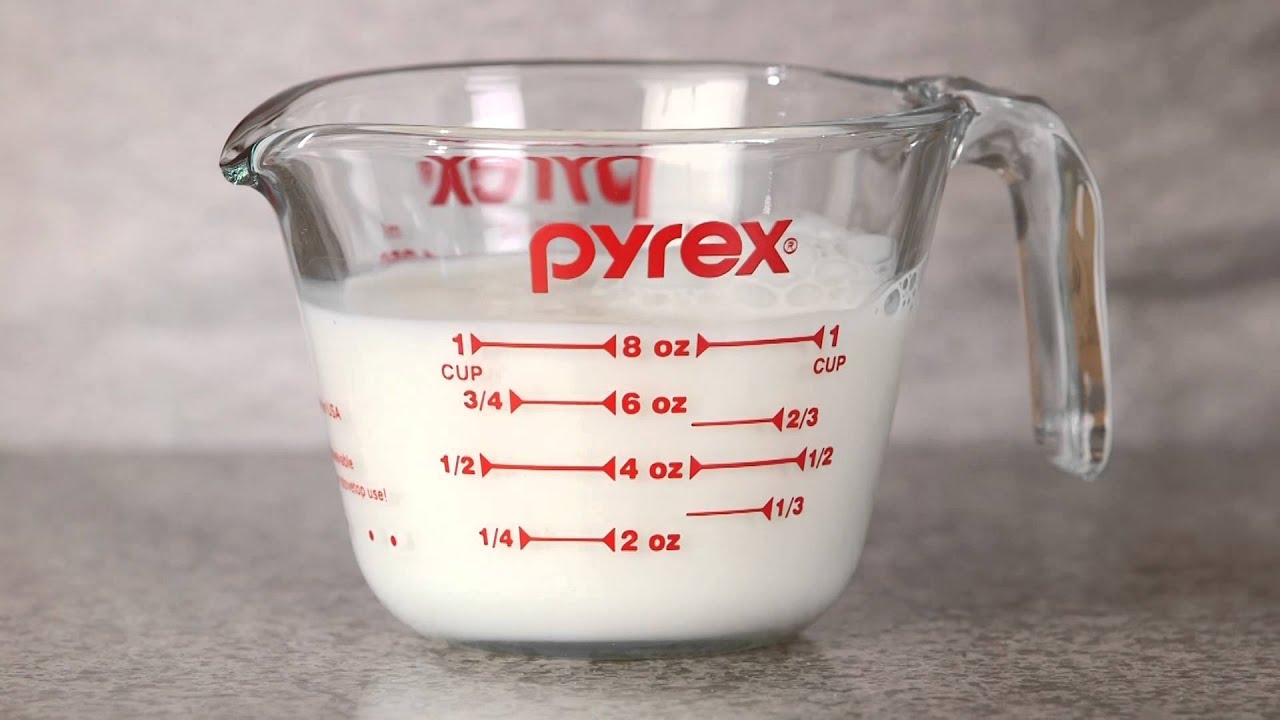

Tableware
Why Are There Several Types Of Glassware Marked For Measuring
Modified: January 9, 2024
Discover why there are different types of glassware marked for measuring tableware, and how they ensure accurate measurements.
(Many of the links in this article redirect to a specific reviewed product. Your purchase of these products through affiliate links helps to generate commission for Storables.com, at no extra cost. Learn more)
Introduction
When it comes to measuring liquids in the laboratory or even in our everyday lives, using the right tools is essential for accuracy. Glassware marked for measuring plays a crucial role in ensuring precise measurements and reliable results. Whether you’re a scientist conducting experiments or a home cook following a recipe, understanding the different types of glassware available and their specific markings is key.
In this article, we will explore the various types of glassware commonly used for measuring liquids, such as graduated cylinders, beakers, erlenmeyer flasks, volumetric flasks, pipettes, and test tubes. We will delve into the purpose and function of these markings, shedding light on why each type is uniquely designed for specific measurement tasks.
By gaining a deeper understanding of the features and functions of these different types of glassware marked for measuring, you will be better equipped to make informed choices, ensuring accurate measurements in your scientific experiments, culinary adventures, or even your day-to-day household tasks.
So, let’s dive into the world of glassware marked for measuring and uncover the secrets behind their design and usage!
Key Takeaways:
- Glassware marked for measuring, such as graduated cylinders and volumetric flasks, ensures precise volume measurements in scientific experiments and culinary tasks, enhancing accuracy and reliability.
- Understanding the purpose and function of markings on glassware is crucial for achieving accurate and consistent results in laboratory work and scientific endeavors.
Different Types of Glassware for Measurement
There are several types of glassware designed specifically for measuring liquids. Each type has its own unique shape and markings, making it suitable for different purposes. Let’s explore some of the most commonly used glassware for measurement:
- Graduated Cylinder:
- Beaker:
- Erlenmeyer Flask:
- Volumetric Flask:
- Pipettes:
- Test Tubes:
A graduated cylinder is a tall, cylindrical container with a narrow, uniform diameter and a spout for pouring. It is commonly used to measure liquids with precision. The cylinder is marked with a graduated scale along its length, allowing for accurate readings of liquid volume. Graduated cylinders are available in various sizes, typically ranging from 10 milliliters to 1000 milliliters.
Beakers are wide-mouthed, cylindrical containers with a flat bottom and a spout for pouring. They are commonly used in laboratories for general mixing, heating, and measuring purposes. While they are not as precise as graduated cylinders, they are convenient for approximate volume measurements. Beakers are usually marked with volume indicators, although these markings are not as precise as those on graduated cylinders.
An erlenmeyer flask is a conical-shaped glassware with a narrow neck and a flat or round bottom. It is commonly used for mixing and heating solutions and is marked with approximate volume measurements. The narrow neck allows for easy swirling and prevents spills while mixing.
A volumetric flask is a pear-shaped glass container with a long neck and a flat or round bottom. It is specifically designed for measuring accurate volumes of liquids. Volumetric flasks have a single calibration mark on the neck, indicating the exact volume at that mark. These flasks are used in applications where precise volume measurements are critical, such as preparing solutions of known concentrations.
Pipettes are slender, cylindrical tubes used for transferring small volumes of liquids. They are available in various sizes and can be either graduated or non-graduated. Graduated pipettes are marked with a scale that allows for precise measurements of specific volumes. Non-graduated pipettes, on the other hand, are used when precise volumes are not necessary.
Test tubes are cylindrical glass tubes with a rounded bottom and an open top. They are versatile glassware used for various purposes, including mixing, heating, and observing chemical reactions. Test tubes can have markings to indicate approximate volume measurements, although these markings are not as precise as those on graduated cylinders or volumetric flasks.
Each of these glassware types serves a different purpose and has its own set of markings to facilitate accurate volume measurements. Understanding the specific characteristics of each type will enable you to choose the most appropriate glassware for your specific measurement needs.
Graduated Cylinder
A graduated cylinder is a fundamental piece of glassware used for precise measurement of liquid volume. It consists of a tall, cylindrical tube with a uniform diameter and a spout at the top for pouring. The cylinder is made of transparent glass, allowing you to easily read the markings on the side.
The main feature of a graduated cylinder is its graduated scale, which is a series of markings etched onto the glass. These markings typically represent milliliters (ml) or cubic centimeters (cc) and are spaced evenly along the height of the cylinder. The scale allows for accurate measurement of liquid volume by reading the meniscus, the curved surface of the liquid, at eye level.
Graduated cylinders come in various sizes, ranging from small for precise measurements to large for bulk measurements. The most commonly used sizes are 10 ml, 25 ml, 50 ml, 100 ml, 250 ml, 500 ml, and 1000 ml.
When using a graduated cylinder, it is essential to handle it carefully and place it on a flat, level surface to ensure accurate readings. To measure a liquid volume, you should add the liquid gradually, taking note of the bottom of the meniscus. The bottom of the meniscus aligns with one of the graduated markings, and this value represents the volume measurement.
Graduated cylinders offer a high level of accuracy compared to other glassware, making them ideal for precision work in laboratories and scientific experiments. They are commonly used in chemistry, biology, and medical laboratories, as well as in educational settings.
Aside from their precision, graduated cylinders are also versatile, as they can be used for general mixing and transferring of liquids. However, it’s important to note that they are not suitable for measuring volumes below the calibrated scale, as they become less accurate near the edges.
In summary, graduated cylinders are essential glassware for precise measurement of liquid volume. Their graduated scales and transparent design allow for accurate readings, making them a staple in laboratories and scientific settings. By using a graduated cylinder correctly, you can ensure reliable and consistent measurements in your experiments and analyses.
Beaker
A beaker is a versatile piece of glassware commonly used in laboratories, educational settings, and even in the kitchen. It is a cylindrical container with a wide mouth, a flat bottom, and a spout for easy pouring. Beakers are made of transparent glass or sometimes made of plastic.
Unlike graduated cylinders, beakers are not designed for precise measurement of liquid volume. Instead, they are used for approximate volume measurements and for general mixing, heating, and holding of liquids. Beakers come in various sizes, ranging from small capacities of 10 ml to large capacities of 2000 ml or more.
Beakers are typically marked with volume indicators to provide estimated measurements. These markings are not as accurate or precise as the ones found on graduated cylinders or volumetric flasks. The volume indicators on a beaker may include lines or numbers that give a general idea of the liquid volume inside.
One of the advantages of using a beaker is its wide opening, which makes it easier to add, mix, and transfer liquids. The flat bottom ensures stability when placed on a laboratory bench or other surfaces. This feature makes beakers suitable for various tasks, such as stirring solutions, preparing chemical reactions, or even brewing coffee.
Beakers are also resistant to high temperatures and can withstand heating on a hot plate or Bunsen burner. However, they are not designed for precise temperature control, so if precise temperature measurement and control are necessary, other specialized glassware should be used.
In addition to their functionality, beakers are relatively inexpensive and readily available, making them a popular choice for general laboratory use. Their simple design and ease of use make them suitable for students, researchers, and professionals alike.
It’s important to note that beakers should not be used when precise measurements are required. For accurate volume measurements, graduated cylinders or volumetric flasks should be used instead.
In summary, beakers are versatile glassware used for approximate volume measurements and general mixing in laboratory and educational settings. They offer convenience, ease of use, and the ability to withstand heat, making them a valuable tool for a wide range of applications.
Erlenmeyer Flask
The Erlenmeyer flask, also known as a conical flask, is a distinctive piece of glassware commonly used in laboratories for various purposes. It is named after its inventor, Emil Erlenmeyer, a German chemist. The flask has a conical shape with a narrow neck and a flat or round bottom.
Erlenmeyer flasks are primarily used for mixing and heating solutions. The conical shape allows for easy swirling and stirring without the risk of spilling. The narrow neck of the flask minimizes evaporation and splashing during agitation. This makes the Erlenmeyer flask particularly useful for reactions that require controlled mixing and observation.
While Erlenmeyer flasks are not specifically designed for precise volume measurements, they often come with approximate volume markings. These markings provide a rough estimate of the liquid volume present in the flask. However, it’s important to note that these markings are not as accurate as those found on graduated cylinders or volumetric flasks.
Erlenmeyer flasks are typically made of borosilicate glass, which is resistant to thermal shock and can withstand direct heating on a laboratory burner or hot plate. However, it’s recommended to use a metal or ceramic plate as a heat source to ensure even heating and prevent glass breakage due to uneven thermal distribution.
In addition to their utility in laboratory settings, Erlenmeyer flasks have also found their way into popular culture, often depicted as a symbol of chemistry or scientific experimentation.
One of the advantages of using an Erlenmeyer flask is its versatility. It can be used for a variety of applications, including preparing chemical reactions, titrations, cultivating microorganisms, or even as a unique serving container for beverages or cocktails.
However, it’s important to remember that Erlenmeyer flasks should not be used for precise volume measurements. If accurate volume measurements are required, more specialized glassware such as graduated cylinders or volumetric flasks should be used instead.
In summary, Erlenmeyer flasks are conical-shaped glassware commonly used for mixing and heating solutions in laboratory settings. Their versatile design, heat resistance, and ease of use make them a valuable tool for a range of applications. While they may have approximate volume markings, it’s important to rely on more accurate glassware when precise volume measurements are needed.
When measuring liquids, use the appropriate glassware for accuracy. Graduated cylinders are best for precise measurements, while beakers and flasks are better for general volume measurements.
Read more: What Type Of Blinds Are Best
Volumetric Flask
A volumetric flask, also known as a measuring flask, is a specialized type of glassware designed for precise measurement of liquid volume. It is widely used in laboratories, particularly in analytical chemistry and quantitative analysis. Volumetric flasks have a unique pear-shaped design with a long neck and a flat or round bottom.
One of the key features of a volumetric flask is its high level of accuracy. Unlike other types of glassware, volumetric flasks are specifically calibrated to hold a precise volume of liquid at a specific temperature, usually 20 degrees Celsius. Each volumetric flask has a single calibration mark on the neck, which is etched into the glass and indicates the exact volume of liquid that the flask can hold.
The calibration mark on a volumetric flask is crucial for accurate volume measurements. To prepare a precise volume of liquid, you add the desired substance to the flask until the bottom of the meniscus aligns with the calibration mark. This ensures that you have precisely measured the specified volume of liquid.
Volumetric flasks come in various sizes, typically ranging from 1 milliliter (ml) to several liters. They are commonly available in sizes such as 10 ml, 25 ml, 50 ml, 100 ml, 250 ml, 500 ml, and 1000 ml.
It’s important to handle volumetric flasks with care to maintain their accuracy. These flasks should be held by the neck to avoid introducing impurities or altering the temperature of the liquid inside. Additionally, when using a volumetric flask, it should be cleaned thoroughly and dried properly to prevent contamination and ensure precise measurements.
Due to their high accuracy, volumetric flasks are commonly used in preparing standard solutions, where the concentration of a substance needs to be precisely known. They are also used in various laboratory techniques, such as dilution and titration, where accurate volume measurements are vital for obtaining reliable results.
It’s worth mentioning that volumetric flasks should not be heated directly over a flame or on a hot plate. They are designed for accurate volume measurements rather than heat resistance. If heating is required, the liquid can be transferred to another suitable glassware for the heating process.
In summary, volumetric flasks are essential glassware for precise measurement of liquid volume in laboratory and analytical applications. Their unique design and calibration mark ensure accurate and reliable volume measurements. By using a volumetric flask correctly, you can prepare solutions with known concentrations and carry out experiments with confidence in the accuracy of your measurements.
Pipettes
Pipettes are slender, cylindrical glassware used for transferring small volumes of liquids with precision. They are widely utilized in laboratories, medical settings, and various scientific fields for accurate liquid handling and transferring purposes.
There are two main types of pipettes: graduated pipettes and non-graduated pipettes. Graduated pipettes have markings along their length, indicating specific volume measurements. These markings allow for precise measurement of liquid volume. Non-graduated pipettes, on the other hand, do not have volume markings and are used when precise volumes are not necessary.
Graduated pipettes are available in various sizes, typically ranging from 1 milliliter (ml) to 25 milliliters (ml), while non-graduated pipettes are available in smaller sizes, usually 1 ml or less.
To use a pipette, a pipette bulb or pipette filler is typically attached to the top end. The pipette is then placed into the liquid to be transferred, and the bulb is squeezed to create a vacuum. As the bulb is released, the liquid is drawn up into the pipette. By measuring the meniscus at the desired volume marking, the precise volume of liquid can be determined.
Pipettes offer high precision and accuracy, making them invaluable in laboratory experiments requiring specific volumes. They are commonly used in chemistry, biology, microbiology, and medical research, as well as in clinical settings for diagnostic testing.
It’s important to handle pipettes with care to maintain their accuracy and prevent contamination. Pipettes should be cleaned thoroughly and dried properly before and after use to avoid cross-contamination and ensure accurate volume measurements.
There are different types of pipettes available, such as serological pipettes, volumetric pipettes, and micropipettes, each designed for specific volume ranges and applications. Micropipettes, for example, are used for extremely small volumes, typically ranging from microliters (μl) to milliliters (ml).
When working with pipettes, it’s also essential to consider the temperature and viscosity of the liquid being transferred. Viscous liquids require larger-bore pipettes to ensure smooth and precise transfer.
In summary, pipettes are slender, cylindrical glassware used for accurate and precise measurement of liquid volumes. They offer high precision and are essential tools in laboratory and medical settings. By using pipettes correctly and handling them with care, scientists, researchers, and medical professionals can ensure accurate and reliable measurements in their work.
Test Tubes
Test tubes are cylindrical glassware with a rounded bottom and an open top. They are widely used in laboratories for a variety of purposes, including mixing, heating, and observing chemical reactions. Test tubes are a staple in scientific experiments, research, and analysis.
Test tubes are available in different sizes, typically ranging from a few milliliters to several tens of milliliters. They can be made of borosilicate glass, which allows them to withstand high temperatures and resist chemical reactions.
While test tubes are not specifically designed for precise volume measurements, some test tubes come with approximate volume markings. These markings serve as a reference but are not as accurate or precise as the markings found on graduated cylinders or volumetric flasks.
Test tubes are versatile glassware that can be used in a variety of applications. They are commonly used for mixing small quantities of substances, conducting small-scale reactions, and observing the color change or other physical changes that occur during chemical reactions.
Unlike other glassware, test tubes are not designed for precise measurements due to their wide diameter. Instead, they offer flexibility and convenience for quick and qualitative assessments.
In addition to their scientific applications, test tubes have become iconic symbols of laboratory work and are commonly associated with scientific experimentation.
When using test tubes, it’s important to handle them with care to prevent breakage. They should be held at the top or with tongs and placed in a test tube rack to ensure stability. Safety precautions, such as wearing gloves and protective eyewear, should also be observed when working with potentially hazardous substances.
While test tubes can withstand heat, cautious heating techniques should be used to avoid thermal shock. Direct heating over an open flame should be avoided, and a micro-burner or a water bath can be used for controlled heating.
In summary, test tubes are cylindrical glassware used for various purposes in laboratory settings. They offer versatility, convenience, and the ability to withstand heat and chemical reactions. While they may have approximate volume markings, test tubes are not designed for precise measurement and are primarily used for qualitative assessments and small-scale experiments.
Purpose and Function of Markings on Glassware
The markings on glassware play a crucial role in facilitating accurate measurement of liquid volumes in laboratory and scientific settings. These markings serve specific purposes and provide valuable information for scientists, researchers, and even home users. Let’s explore the purpose and function of these markings:
1. Measurement Precision: The primary purpose of markings on glassware is to enable precise measurement of liquid volumes. Graduated cylinders, volumetric flasks, and graduated pipettes feature calibrated markings that allow for accurate measurements. These markings provide scientists and researchers with the ability to achieve precise and consistent results in their experiments and analyses.
2. Calibration References: The markings on glassware serve as calibration references, indicating specific volumes that can be measured. These references are based on scientific standards and ensure consistency across various laboratories and research settings. By following these marked reference points, users can ensure accurate and comparable results.
3. Volume Estimation: For glassware such as beakers and test tubes, the markings provide approximate volume estimations. While not as precise as the markings on graduated cylinders or volumetric flasks, these volume estimations are useful for general mixing, transferring, or rough measurements where precise accuracy is not required.
4. Concentration Preparation: Volumetric flasks are specifically designed with a single calibration mark, allowing for precise mixing of solutions with known concentrations. This ensures accurate preparation of solutions with specific concentrations, crucial in scientific experiments and analytical techniques.
5. Meniscus Reading: Many glassware items, including graduated cylinders and pipettes, require reading the meniscus – the curved surface of a liquid – to accurately determine the volume. The markings assist in aligning the bottom of the meniscus with the appropriate calibration line to obtain the correct measurement.
6. Quality Control: The markings on glassware are also important for quality control purposes. By following the specified markings, scientists and researchers can ensure that they are working within the tolerances and guidelines set for their specific experiments or applications. This helps maintain reliability and consistency in their work.
It’s worth mentioning that the accuracy and precision of the markings depend on the quality and calibration of the glassware. Regular calibration and maintenance of glassware are essential to ensure accurate volume measurements.
In summary, the markings on glassware serve various purposes, including precise volume measurement, calibration references, concentration preparation, meniscus reading, and quality control. Understanding and utilizing these markings properly enable scientists, researchers, and users to achieve accurate and reliable results in their scientific endeavors and laboratory work.
Read more: Why Use Acetone To Clean Glassware
Conclusion
Glassware marked for measuring liquids is an essential tool in laboratory settings, culinary pursuits, and various scientific fields. The different types of glassware, such as graduated cylinders, beakers, erlenmeyer flasks, volumetric flasks, pipettes, and test tubes, each serve specific purposes and offer unique advantages.
Graduated cylinders provide the highest level of accuracy and precision, allowing for exact volume measurements. Beakers offer a versatile and convenient option for approximate measurements and general mixing. Erlenmeyer flasks provide efficient swirling and stirring capabilities for controlled mixing and reactions. Volumetric flasks ensure precise concentration preparation with their single calibration mark. Pipettes are ideal for transferring small volumes with precision. Test tubes, though not designed for precise measurements, offer flexibility and convenience for qualitative assessments and small-scale experiments.
The markings on glassware are vital for achieving accurate and reliable measurements. These markings enable scientists, researchers, and home users to measure liquid volumes with precision, estimate approximate volumes, prepare solutions with known concentrations, and ensure quality control. By following these markings and using the appropriate glassware for each task, users can obtain consistent and trustworthy results in their scientific experiments and laboratory work.
Proper care and handling of glassware are essential to maintain accuracy and prevent contamination. Regular calibration and maintenance of glassware also contribute to its longevity and reliability in measurements.
Whether you are a scientist conducting groundbreaking research, a student learning the intricacies of chemistry, or a home cook following a recipe, understanding and utilizing glassware marked for measuring liquids will enhance your accuracy, precision, and overall success in your endeavors.
So, next time you reach for a graduated cylinder, beaker, or any other piece of measuring glassware, appreciate the science and craftsmanship behind its design, and trust in its ability to deliver precise and reliable measurements to support your pursuit of knowledge and discovery.
Frequently Asked Questions about Why Are There Several Types Of Glassware Marked For Measuring
Was this page helpful?
At Storables.com, we guarantee accurate and reliable information. Our content, validated by Expert Board Contributors, is crafted following stringent Editorial Policies. We're committed to providing you with well-researched, expert-backed insights for all your informational needs.
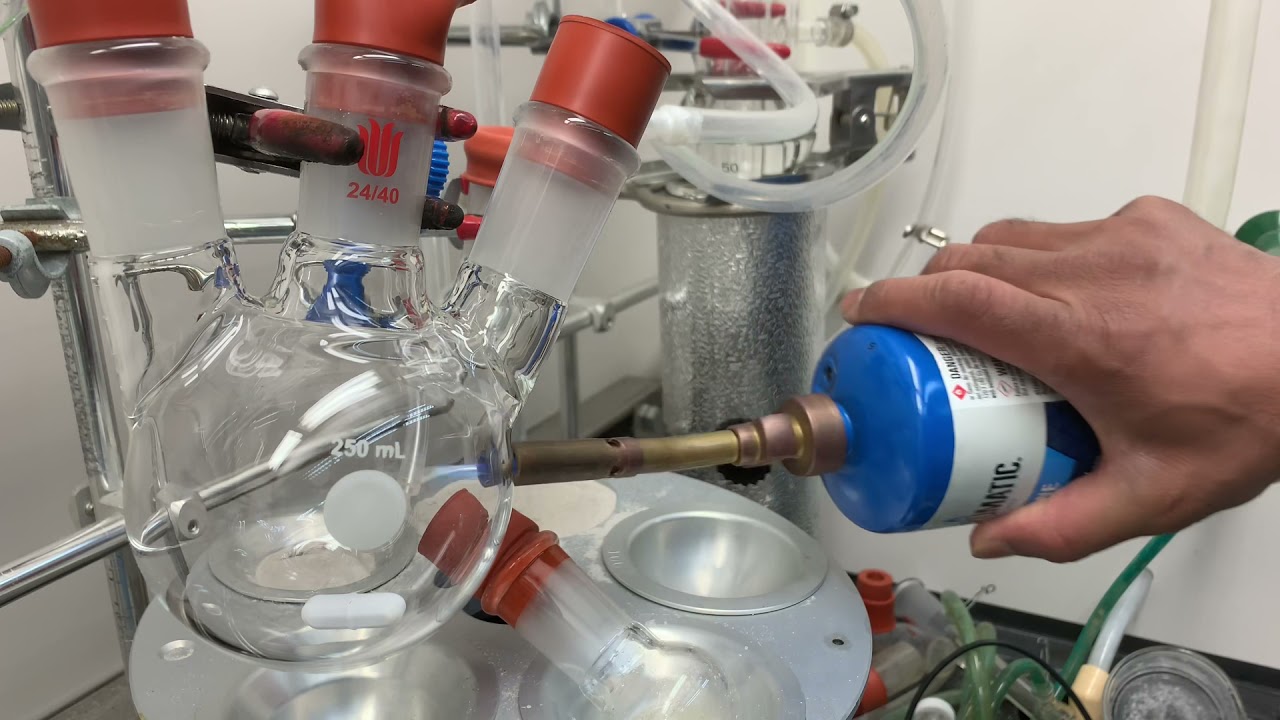
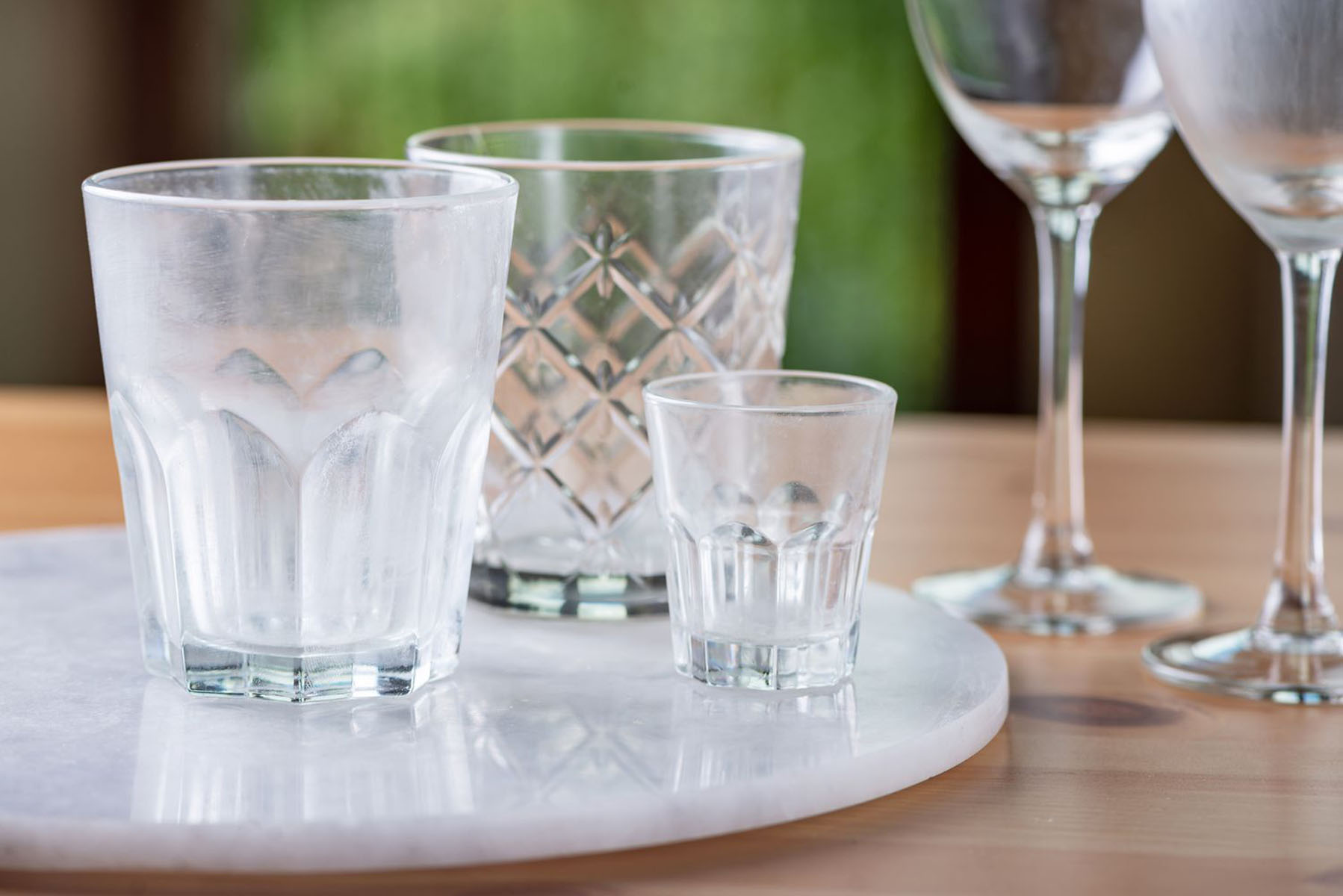
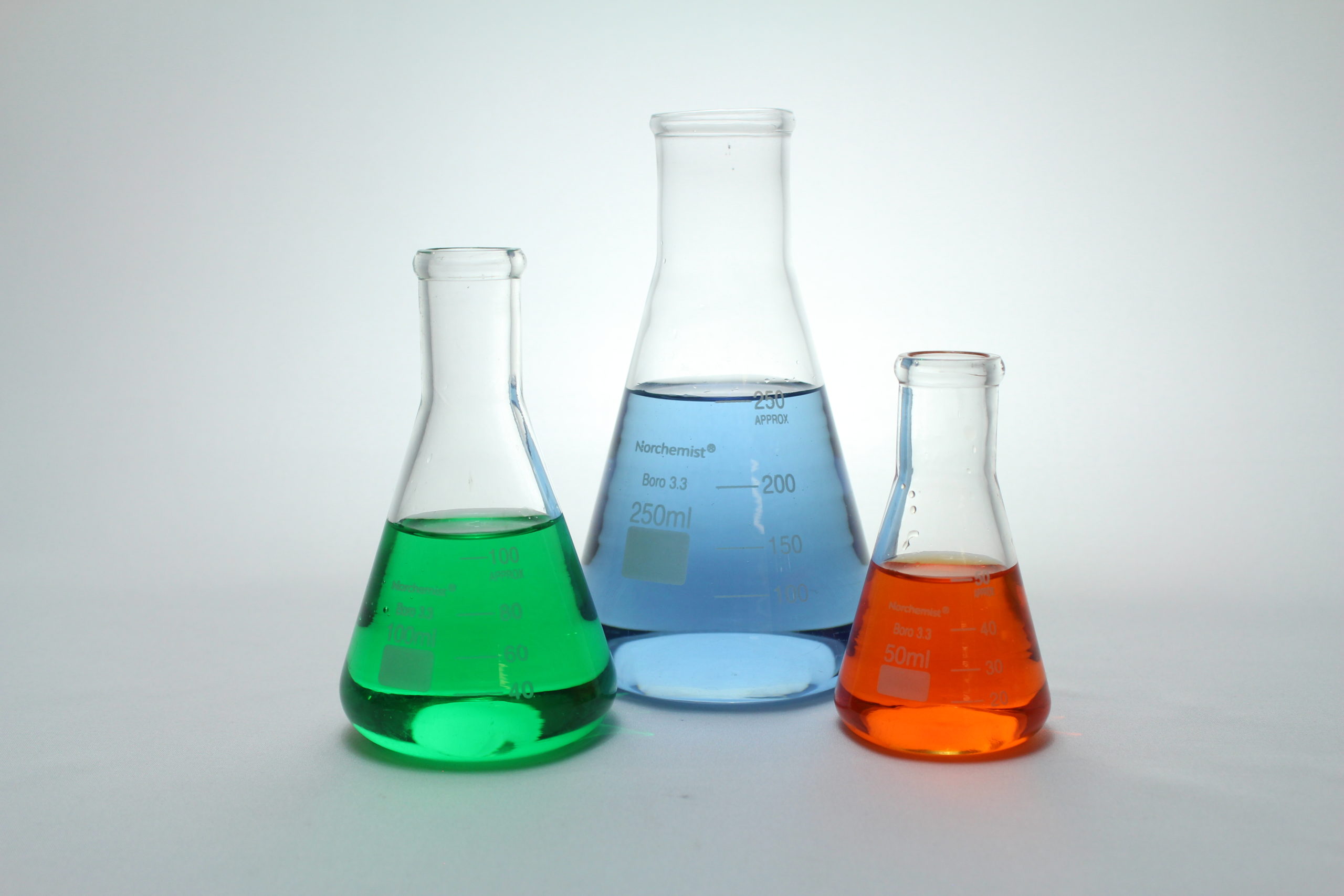



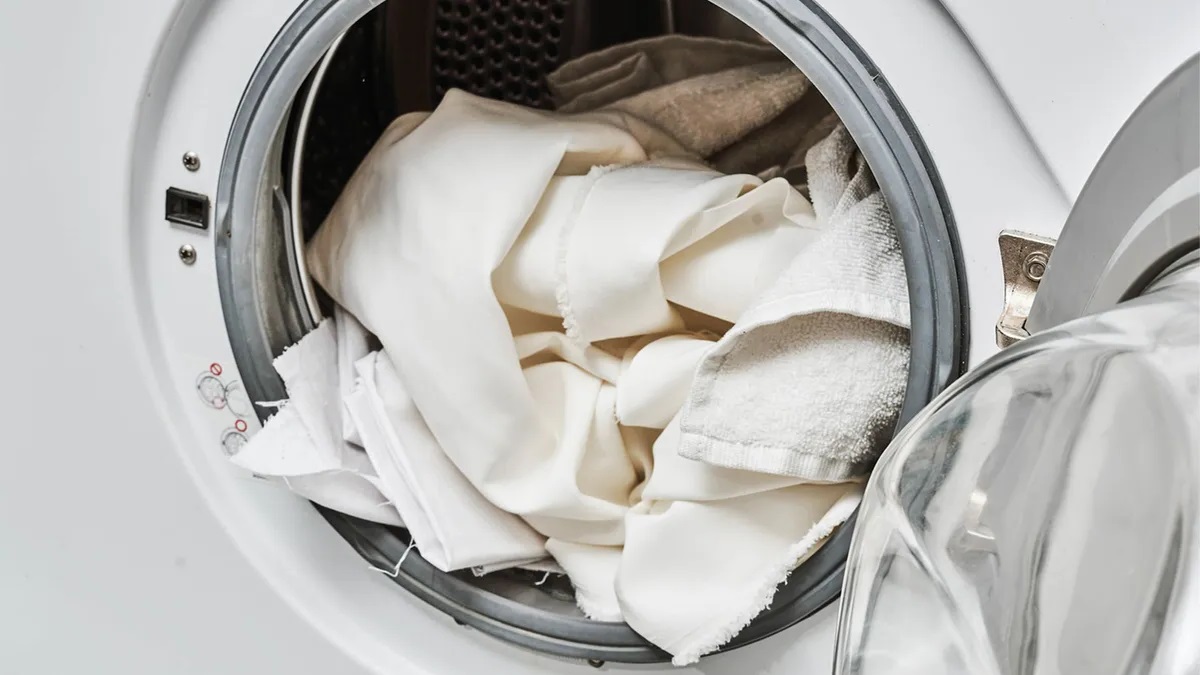
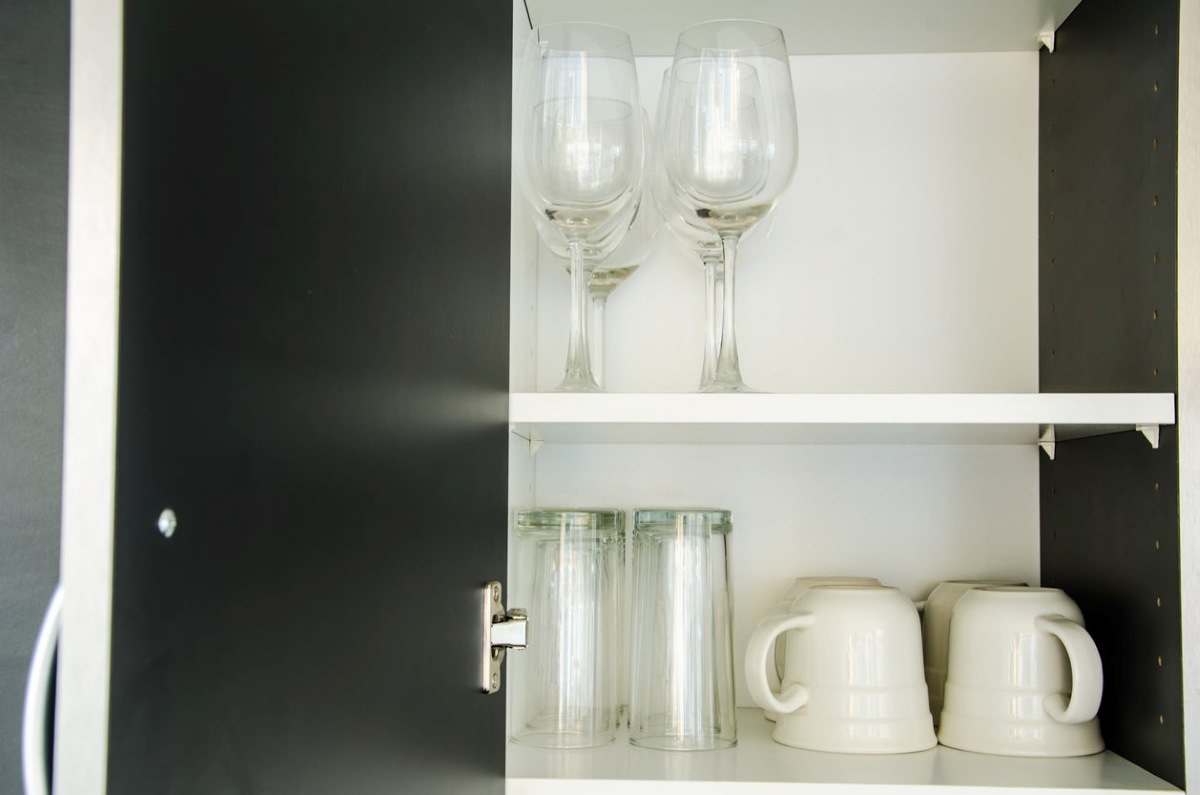
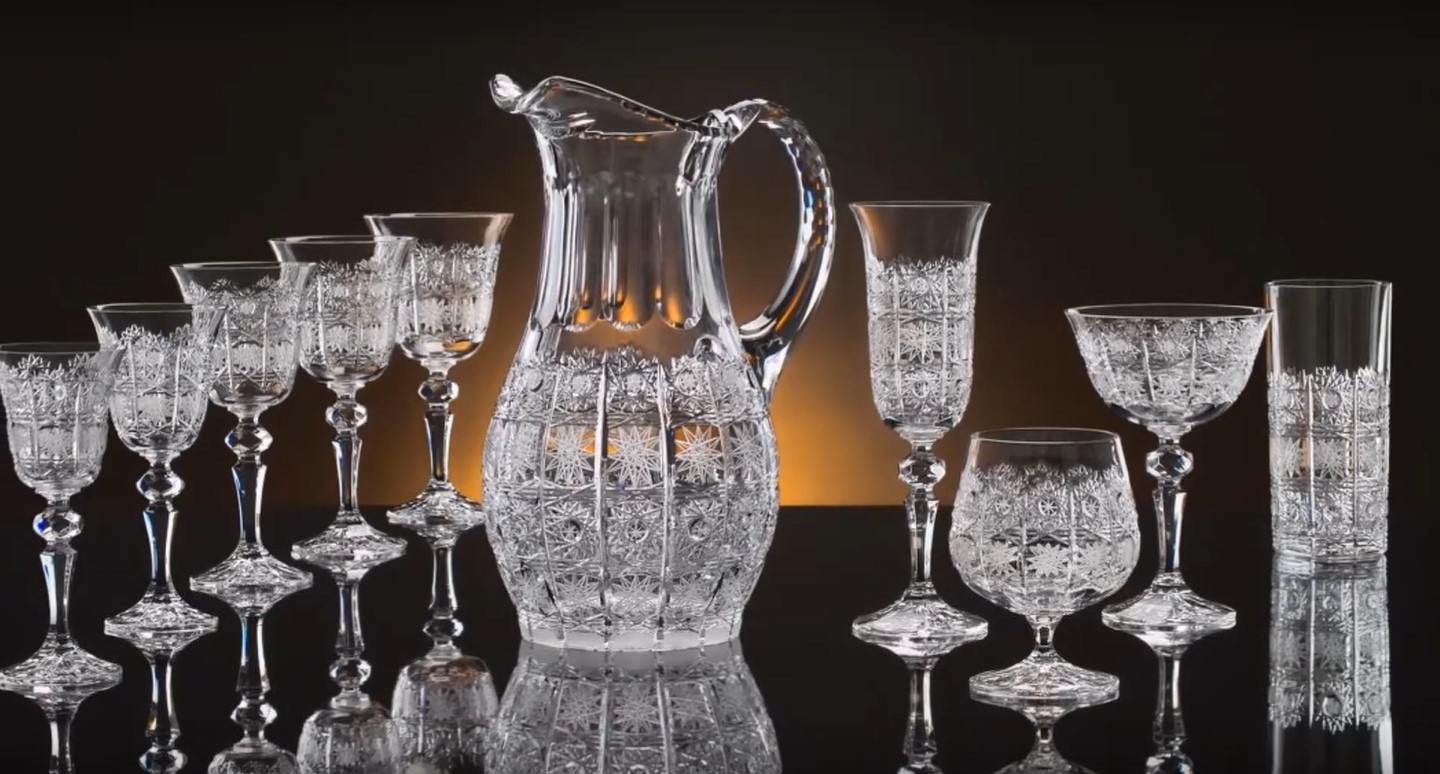
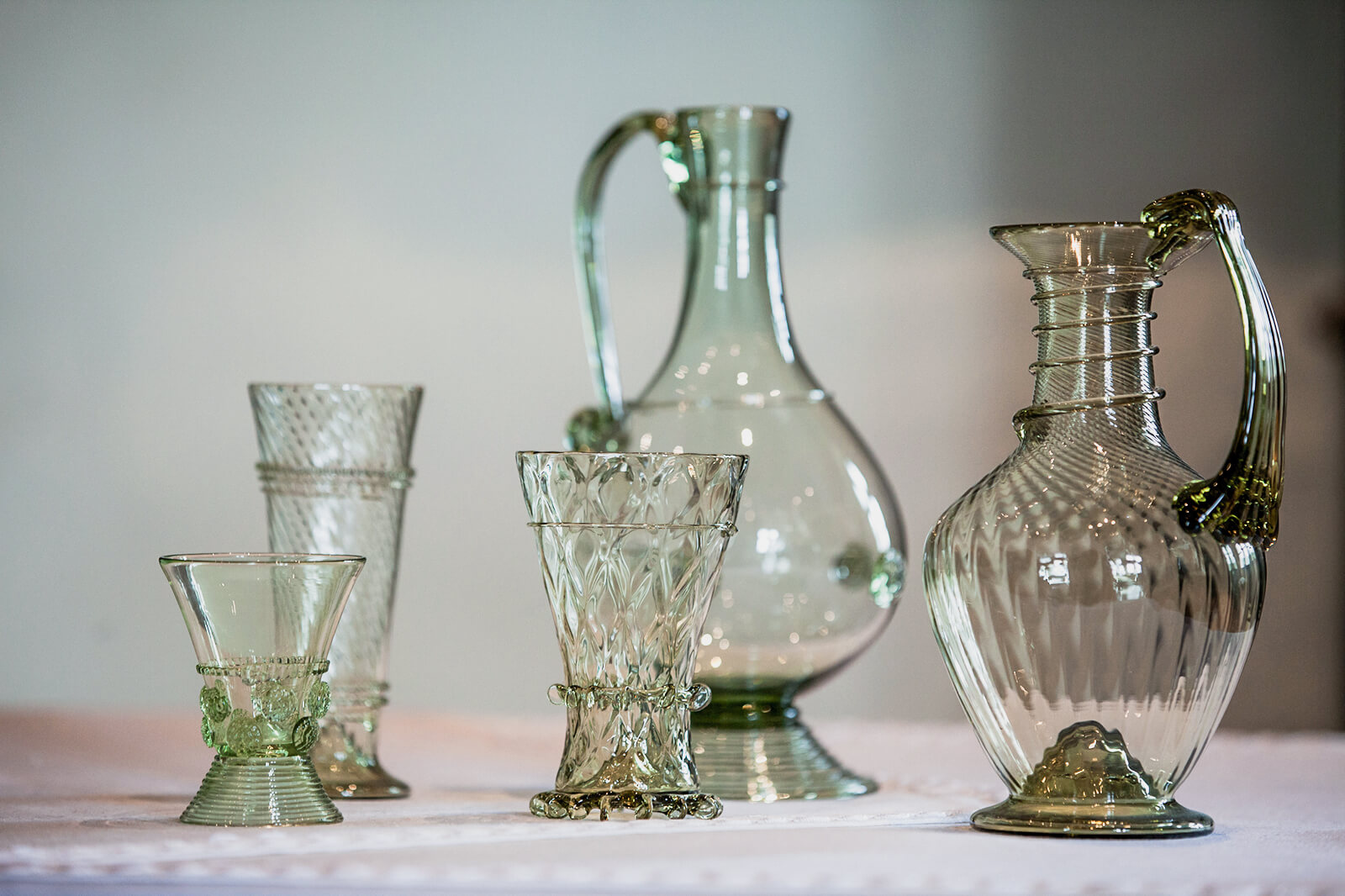
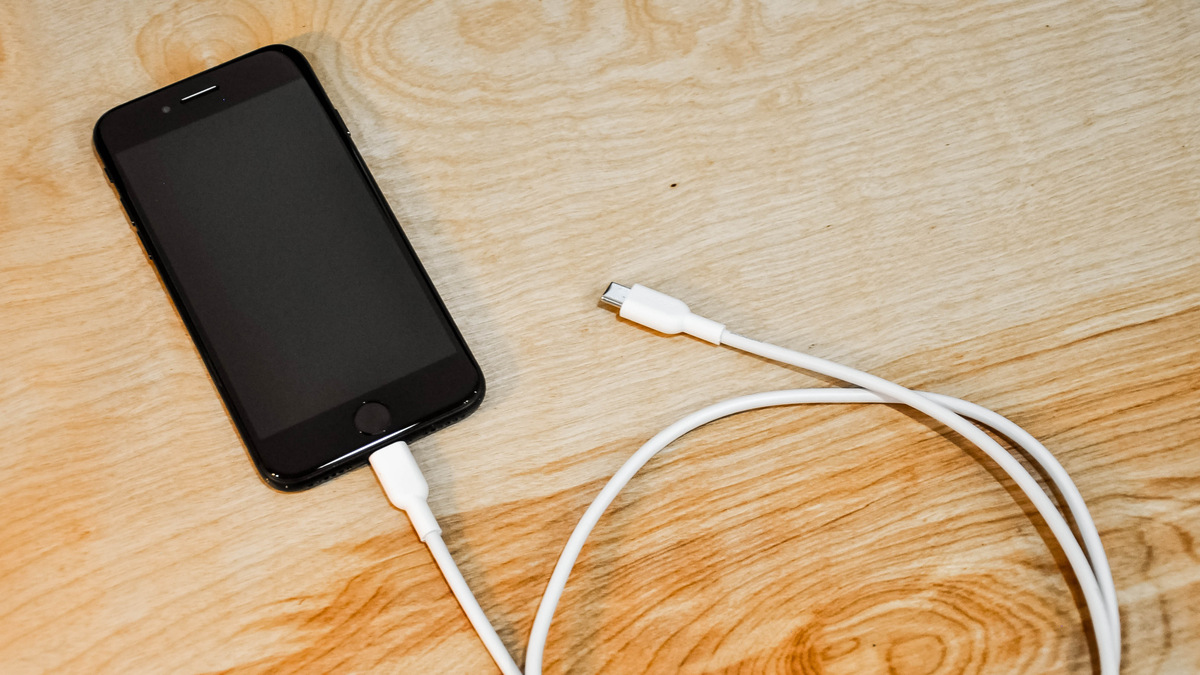
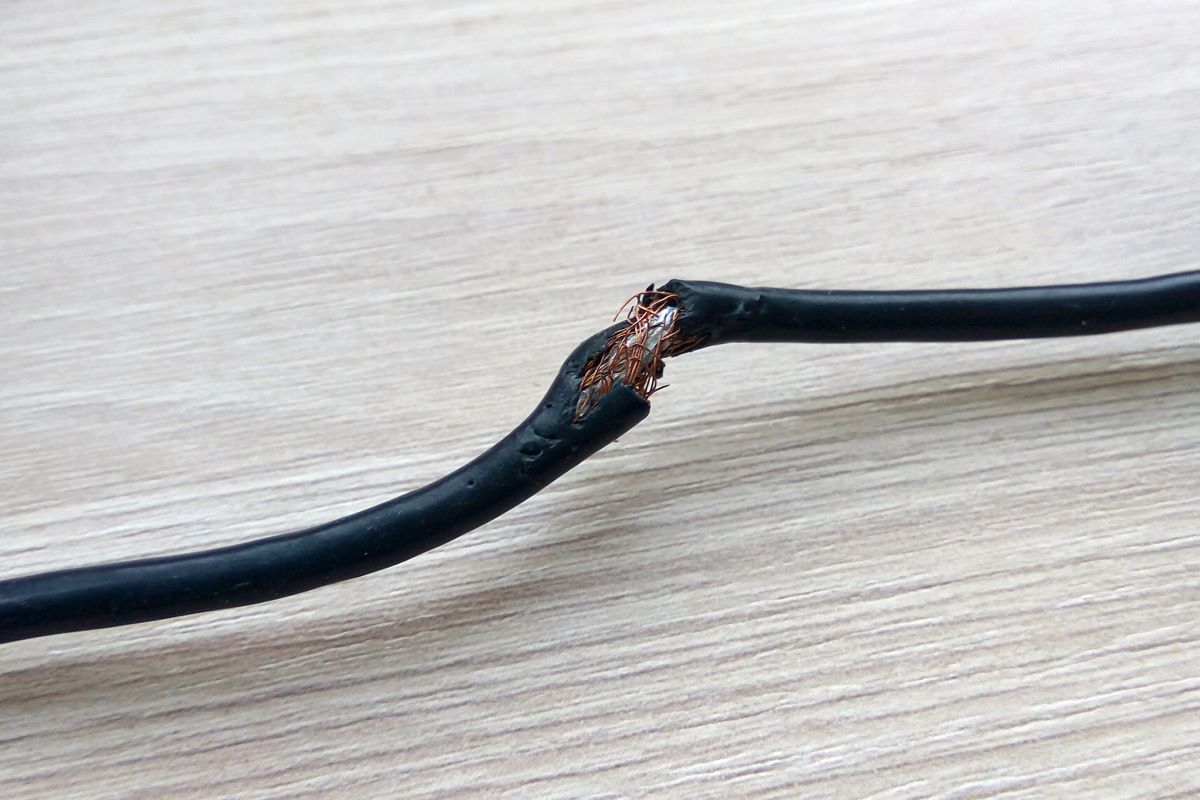
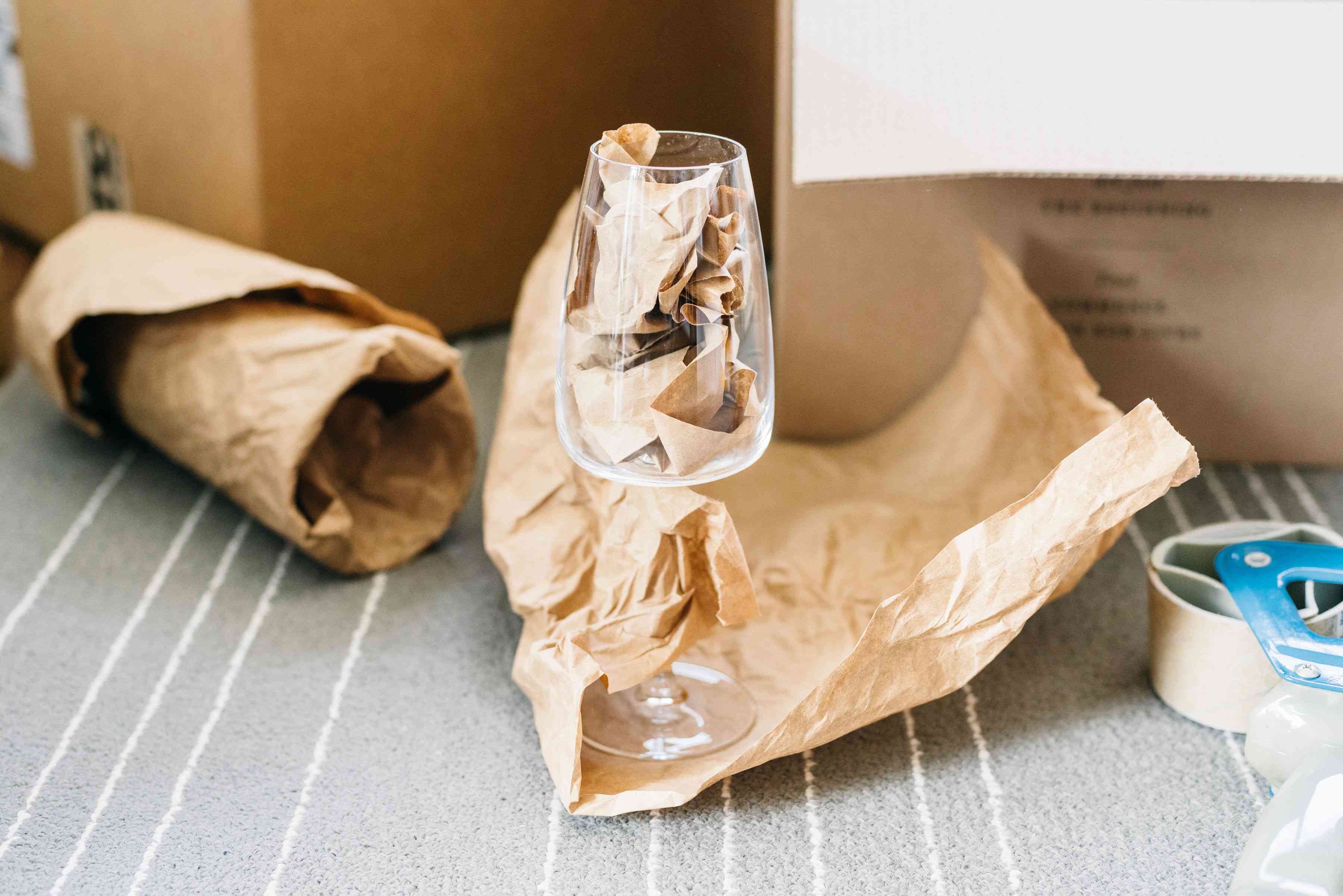

0 thoughts on “Why Are There Several Types Of Glassware Marked For Measuring”